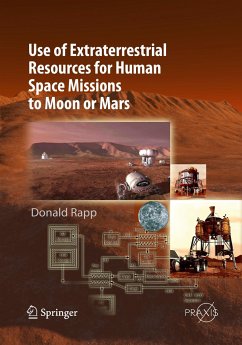Most atoms on earth came from the interstellar dust and gas from which the sun and solar system formed. However, in the space science community "extraterrestrial materials" generally refers to objects now on earth that were solidified prior to arriving on earth. To date these fall into a small number of broad categories, namely: (i) Meteorites too large to vaporize on atmospheric entry but small enough to leave fragments lying on the ground, (ii) moon rocks brought back by the Apollo missions, (iii) unmelted micrometeorites typically less than 100 micrometres in diameter collected on earth and in the earth's stratosphere, and (iv) specimens returned from space-borne collection missions like NASA's Long Duration Exposure Facility (LDEF) and the recent Stardust sample return mission. A minor but notable subset of the materials that make up the foregoing collections were also solidified outside of our solar system. These are often referred to as interstellar materials, some of whichare also presolar i.e. they predate the formation of our solar system. Each of these types of material is (or should) be treated elsewhere.







